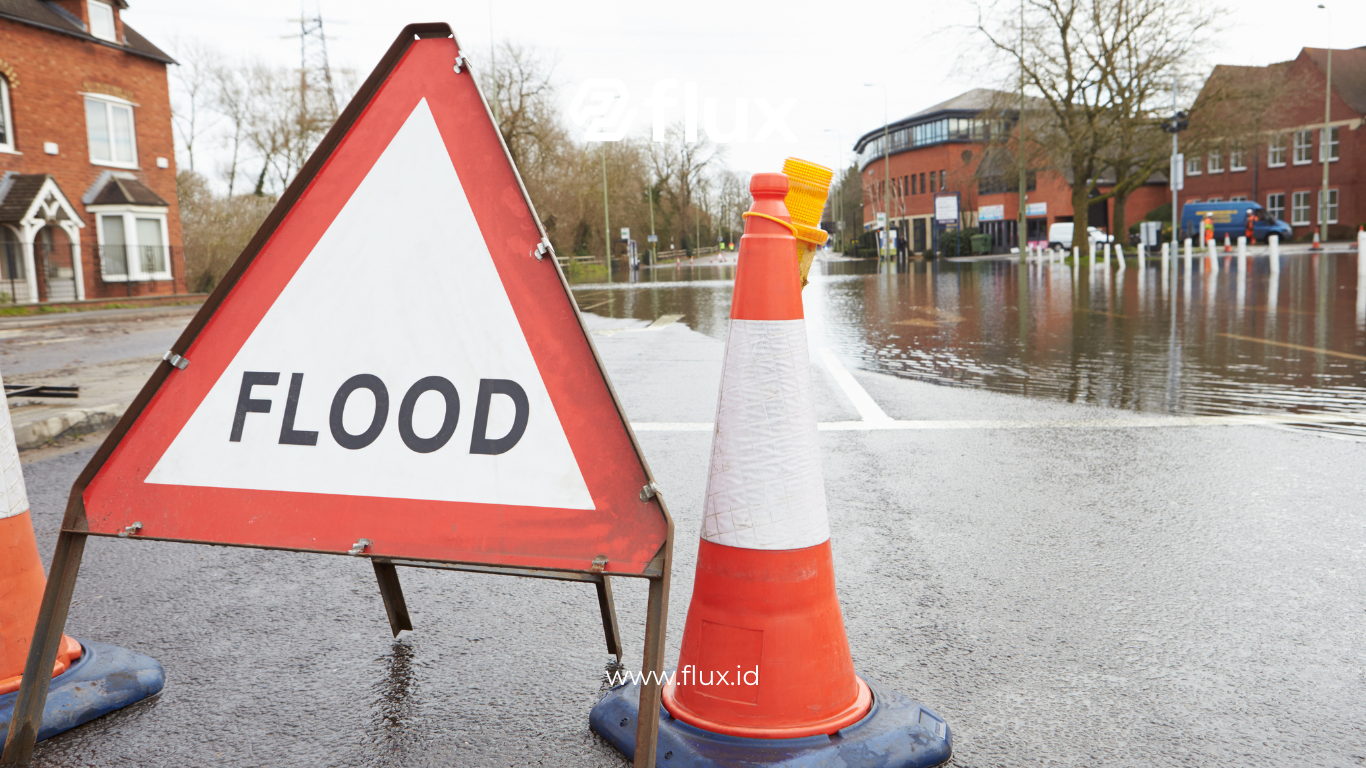Don't miss our holiday offer - 20% OFF!
Flooding is one of the most urgent environmental challenges, especially in regions prone to heavy rainfall and poor drainage systems. However, with the rise of the Internet of Things (IoT) technology, it has become easier to monitor weather and water levels in real-time. IoT sensors for flood monitoring deliver accurate data, allowing quick actions before floods occur.
This article will explore how IoT sensors function in flood monitoring, the benefits they offer, and how they are being used globally to improve disaster prevention efforts.
Contents
- 1 1. What Are IoT Sensors for Flood Monitoring?
- 2 2. How Do IoT Sensors Work in Flood Monitoring?
- 3 3. Benefits of Using IoT Sensors for Flood Monitoring
- 4 4. Implementing IoT Technology in Flood Prevention
- 5 5. AI and IoT Integration in Flood Monitoring
- 6 6. The Future of Flood Monitoring with IoT Sensors
- 7 Conclusion
1. What Are IoT Sensors for Flood Monitoring?
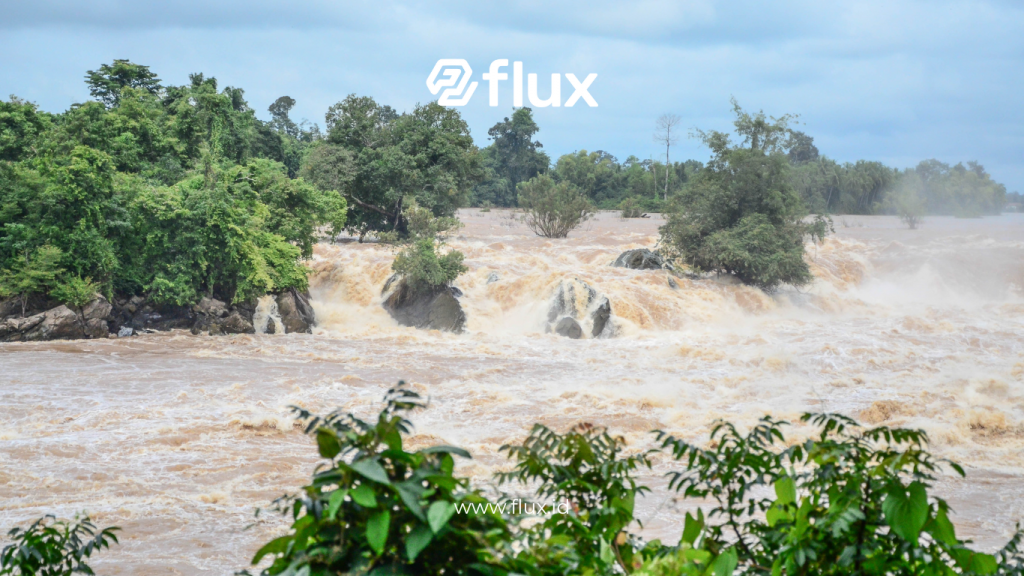
Read More: Using IoT to Prevent Flooding: Smart Solutions for Risk Management
IoT sensors are smart devices designed to collect and send data over the internet. In the context of flood monitoring, IoT sensors track water levels, rainfall, and soil moisture to detect and predict potential flooding.
a. Types of IoT Sensors Used in Flood Monitoring
Several IoT sensor types are valuable for flood monitoring:
- Water Level Sensors: These measure water levels in rivers or reservoirs, identifying flood risks.
- Rainfall Sensors: These detect rainfall intensity, crucial for predicting floods.
- Soil Moisture Sensors: These sensors gauge soil moisture, helping anticipate floods or landslides.
- Water Flow Sensors: These measure water flow speed, which helps predict flash floods.
2. How Do IoT Sensors Work in Flood Monitoring?

Read More: Comprehensive Guide: Implementing IoT Sensors in Flood Monitoring for Quick and Effective Response
IoT sensors continuously collect environmental data and transmit it to cloud-based systems for real-time analysis. When conditions change—such as rising water levels or heavy rainfall—sensors immediately send alerts via various communication platforms.
a. Key Components of IoT Flood Monitoring Systems
- Sensors: Placed in strategic locations like rivers or floodplains to continuously monitor the situation.
- Communication Networks: Technologies like LoRaWAN, 4G, or 5G transmit data to cloud platforms.
- Cloud Platforms: These store and process the sensor data, enabling real-time analysis and alerts.
- User Interfaces (Dashboards): Authorities access real-time data through dashboards, allowing continuous monitoring and faster responses.
3. Benefits of Using IoT Sensors for Flood Monitoring
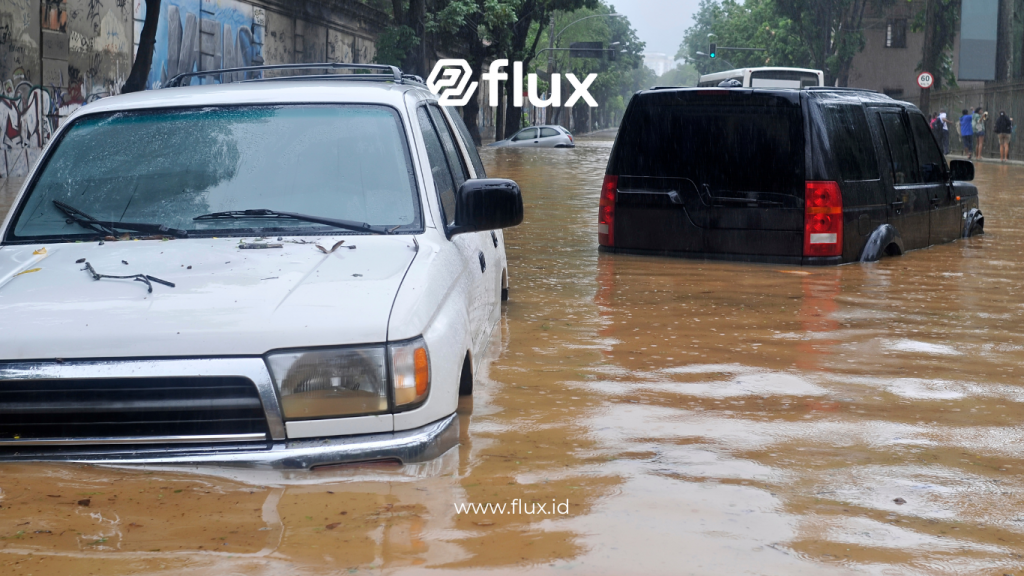
The use of IoT sensors in flood monitoring brings numerous advantages. These include providing real-time data, improving response times, and optimizing resources.
a. Early Warning Systems
IoT-based early warning systems allow authorities to issue alerts well before floods occur. Monitoring water levels and weather conditions in real-time enables timely evacuations, helping protect lives and property.
b. Faster Decision-Making
Real-time data from IoT sensors allows for faster decision-making in critical situations. Risk management teams can take immediate action based on the latest information, minimizing delays in flood prevention efforts.
c. Cost-Effective Monitoring
Compared to manual inspections, using IoT technology for flood monitoring is more cost-effective. Automated sensor systems continuously deliver reliable data, reducing the need for resource-intensive manual checks.
d. Improved Infrastructure Management
In addition, real-time data from IoT sensors helps authorities manage infrastructure more effectively. They can pinpoint high-risk areas and take preventive measures, such as reinforcing levees or upgrading drainage systems, to reduce flood risks.
4. Implementing IoT Technology in Flood Prevention
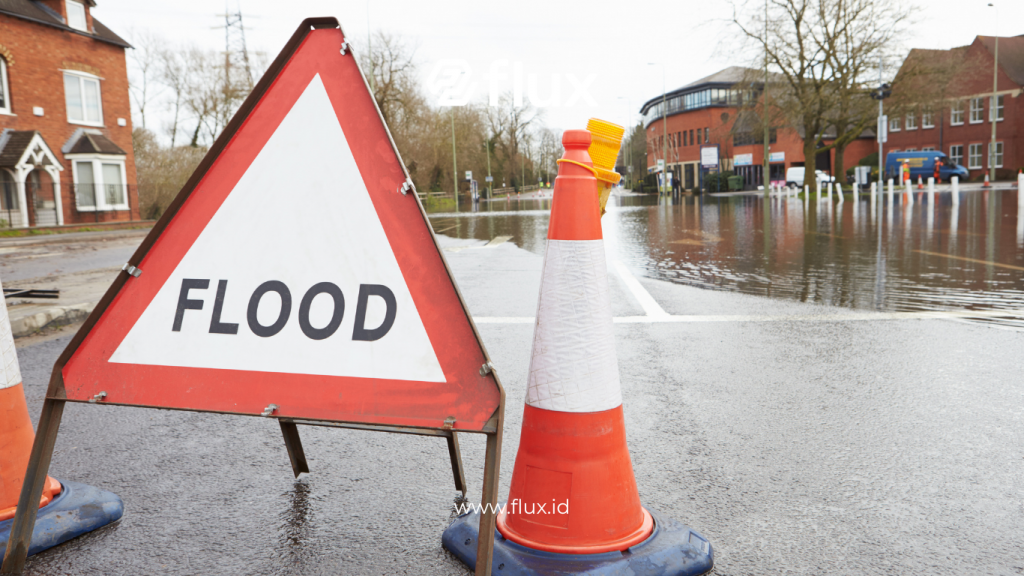
Read More: Flood Anticipation with IoT, Direct Monitoring from Smartphone
Many countries have successfully implemented IoT technology for flood monitoring. Advanced nations like the United States, the United Kingdom, and Japan have adopted IoT sensors to manage river systems and prevent urban and rural flooding.
a. Case Study: Semarang, Indonesia
In Semarang, Indonesia—a city highly vulnerable to flooding—IoT technology is now being used to monitor water levels and rainfall in critical areas. By installing IoT sensors in key flood-prone regions, local authorities have improved their flood warning systems, reducing the impact of floods on residents.
b. Challenges in Implementation
Despite the clear benefits, implementing IoT flood monitoring systems can be challenging, especially in developing countries. Limited infrastructure, high setup costs, and public unfamiliarity with the technology must be addressed to ensure these systems are effective.
5. AI and IoT Integration in Flood Monitoring
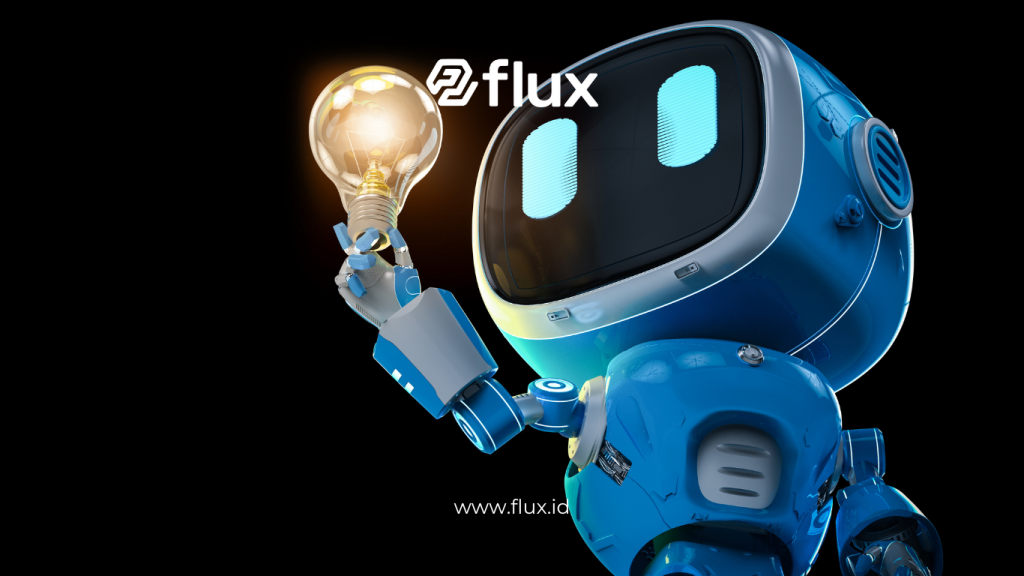
Read More: Utilizing IoT in Flood Monitoring and Early Warning Systems
One exciting development in IoT technology is the integration of Artificial Intelligence (AI) to enhance the effectiveness of flood monitoring systems. AI algorithms analyze the data collected by IoT sensors, providing faster and more accurate flood risk predictions.
a. Using Historical Data for Predictions
With AI integration, IoT sensors can compare real-time data with historical records of rainfall and past flood events. This enables more accurate flood predictions, helping communities prepare for potential disasters well in advance.
b. Automating Flood Mitigation Actions
AI systems can also automate flood mitigation measures, such as activating floodgates or diverting water to lower-risk areas. This automation speeds up the response time, ensuring quicker action during emergencies and minimizing the damage caused by floods.
6. The Future of Flood Monitoring with IoT Sensors
As IoT technology continues to evolve, its role in flood monitoring will expand. The adoption of faster communication networks like 5G will improve data transmission, enhancing the efficiency of flood monitoring systems.
a. Collaboration Between Governments and the Private Sector
To fully harness the potential of IoT flood monitoring systems, governments must collaborate with private companies and local communities. Investment in communication infrastructure and education will be essential for the successful adoption of IoT technology in flood monitoring efforts.
Conclusion
In conclusion, IoT sensors are transforming flood monitoring by delivering real-time data that enables quicker and more effective responses to potential disasters. These sensors help authorities make informed decisions, ultimately saving lives and minimizing economic losses caused by floods. With the integration of AI and further advancements in IoT technology, these systems will play an increasingly vital role in disaster preparedness and flood prevention.
To maximize the benefits, governments, private sectors, and communities need to work together. Continuous innovation and investment in this technology can help safeguard communities from the devastating effects of future floods.


